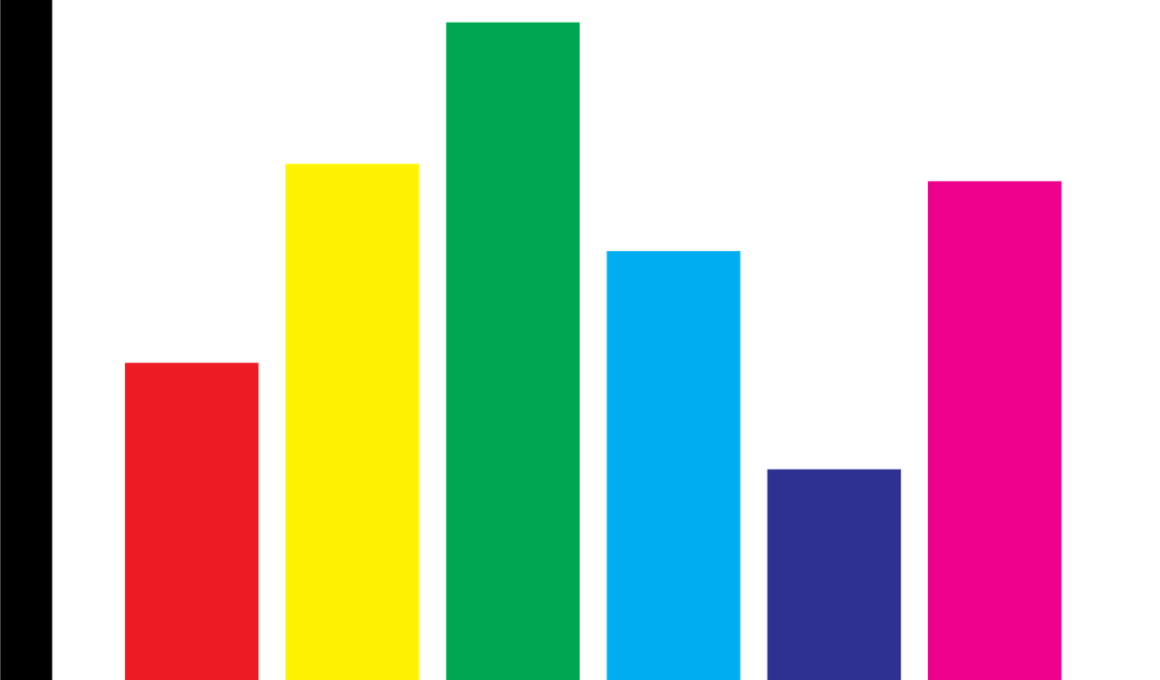Predictive Analytics for Market Trends and Competition
Predictive analytics is revolutionizing how businesses conduct competitive analysis and assess market trends. By utilizing advanced algorithms and statistical techniques, companies can analyze historical data patterns to forecast future trends accurately. It enables organizations to identify potential growth opportunities and threats. Businesses use predictive analytics to segment customers based on behavior, preferences, and demographics. This detailed understanding of consumer behavior can guide marketing strategies and product development initiatives. Furthermore, predictive analytics enhances decision-making processes by transforming raw data into actionable insights. With a clear vision of market dynamics, organizations can allocate resources efficiently and effectively. Implementing predictive analytics allows businesses to stay ahead of their competitors by improving operational efficiency and reducing expenditure. Firms can develop data-driven strategies that optimize pricing, product offerings, and customer engagement techniques. Adoption of these analytics tools can foster innovation and creative problem-solving. Essentially, predictive analytics equips organizations with the foresight needed to navigate an ever-evolving market landscape.
As the market landscape evolves rapidly, understanding competitive analysis becomes essential for any business aiming for long-term success. Organizations must adopt predictive analytics strategies to comprehend the competitive environment. By employing these strategies, firms can systematically evaluate their performance against industry rivals. They assess market conditions, identify key competitors, and analyze product offerings. Moreover, predictive analytics provides insights into customer preferences, enabling businesses to adapt their strategies accordingly. Evaluating competitors through predictive analytics sheds light on how to differentiate from market leaders and disruptors. By leveraging these insights, businesses can innovate product features, enhance customer experiences, and fine-tune marketing campaigns. In addition, predictive analytics tools allow organizations to track emerging trends, rapidly adjust their strategies, and stay one step ahead of the competition. Hence, staying competitive in any industry demands a proactive understanding of not just one’s strengths and weaknesses but also those of competitors. Companies that master predictive analytics can expect to outperform their peers and maintain a sustainable competitive advantage in increasingly crowded markets.
Implementing predictive analytics for market trends also requires analyzing various external factors that influence consumer behavior, such as economic indicators and cultural shifts. Economic conditions can affect purchasing power, whereas consumer trends can shift rapidly based on social influences, technological advancements, or changes in regulations. Predictive analytics provides tools to monitor and assess these factors continuously. By combining historical data with current market indicators, businesses can forecast how shifts in the economy might impact consumer spending. This capability helps firms make informed product development and pricing decisions that align with current market demands. Furthermore, understanding the broader socio-economic landscape enables companies to position themselves favorably in the eyes of consumers. Integrating predictive analytics with data from external sources, such as social media and market reports, can provide a comprehensive understanding of market dynamics. This multifaceted approach allows companies to not only anticipate market changes but also to influence them through targeted marketing and innovative product offerings, ultimately enhancing their competitive positions and achieving overall success in their respective industries.
The Role of Data in Competitive Analysis
The role of data in competitive analysis cannot be overstated, particularly in the era of big data. Organizations today have unprecedented access to vast amounts of information that can be leveraged to inform strategic decisions. Businesses can utilize data from various sources, including customer feedback, sales reports, and market research, to derive meaningful insights. Predictive analytics tools can analyze this data efficiently to identify patterns, trends, and anomalies that may not be apparent at first glance. With a robust data infrastructure in place, companies can develop comprehensive profiles of competitors, assess their strengths and weaknesses, and uncover potential market gaps. This analysis informs not only product development but also marketing and sales strategies. By understanding competitor dynamics through the lens of data analytics, organizations can better position their offerings to meet customer needs while minimizing risk. Effectively harnessing data fosters a culture of innovation and agility within organizations. Ultimately, embracing data-driven decision-making can lead to improved competitiveness in today’s data-centric marketplace.
Moreover, the integration of predictive analytics into competitive analysis promotes a more proactive approach to market changes. Rather than reacting to trends, businesses can forecast them, giving them the edge over competitors who may be slower to adapt. Utilizing predictive models allows companies to simulate various scenarios based on potential market conditions, helping them to prepare for different outcomes. For instance, companies can analyze how changes in consumer preferences might impact demand for specific products. This insight allows for smart inventory management, targeted marketing initiatives, and strategic partnerships. Additionally, combining predictive analytics with machine learning models can further refine forecasts and improve accuracy. As more data is collected, these models continuously learn and adapt, resulting in increasingly precise predictions. This continuous improvement enables businesses to optimize operations, enhance customer experiences, and remain agile in competitive landscapes. Companies that embrace predictive analytics as an integral aspect of their competitive analysis strategy stand to gain substantial advantages, increased market share, and long-term sustainability in their respective industries.
Another critical element of utilizing predictive analytics for competitive analysis is the collaboration between departments within organizations. Successful businesses promote a culture that values cross-functional teamwork, ensuring that data insights permeate every aspect of the organization. For example, marketing teams can collaborate with sales and product development teams to leverage predictive insights effectively. By sharing information and insights, teams can align their strategies and create a unified approach to addressing market challenges. This collaboration fosters innovation and swift decision-making that responds effectively to market demands. When departments work together, they can utilize predictive analytics to develop comprehensive go-to-market strategies that are data-supported and customer-oriented. A collaborative approach breaks down silos, leading to improved agility and responsiveness, enabling businesses to capitalize on new opportunities quickly. Sustainable competitive advantage arises from not only having access to predictive tools but also fostering a culture that encourages collective efforts toward leveraging those insights for greater success.
Conclusion: The Future of Predictive Analytics in Market Trends
In conclusion, the future of predictive analytics for market trends and competition looks promising as more organizations adopt data-driven strategies. As technology advances, predictive analytics tools will become increasingly sophisticated, allowing businesses to derive even deeper insights from their data. Additionally, the integration of artificial intelligence and machine learning will enhance predictive capabilities, making forecasting more accurate over time. Companies that invest in these technologies will likely gain substantial advantages over their competitors by leveraging precise market insights. Moreover, the rise of real-time data analytics will enable organizations to react swiftly to emerging trends, ensuring they remain competitive in volatile markets. However, organizations must also remain aware of the ethical implications of data usage. Companies must prioritize data privacy and responsible analytics practices to foster consumer trust. In essence, businesses that prioritize predictive analytics and cultivate a culture of innovation will not only thrive but will set industry standards. The continued evolution of predictive analytics presents limitless possibilities for companies seeking to navigate future market landscapes and realize sustained growth and success.
The story of predictive analytics is continually unfolding, representing a paradigm shift in competitive analysis that is defining the future of business strategy.


